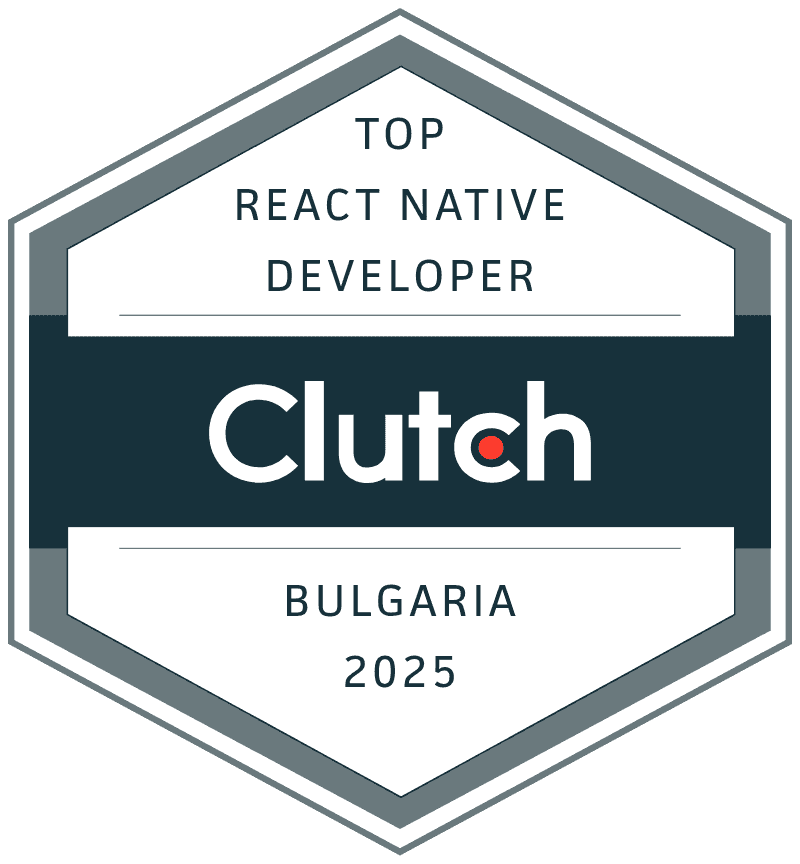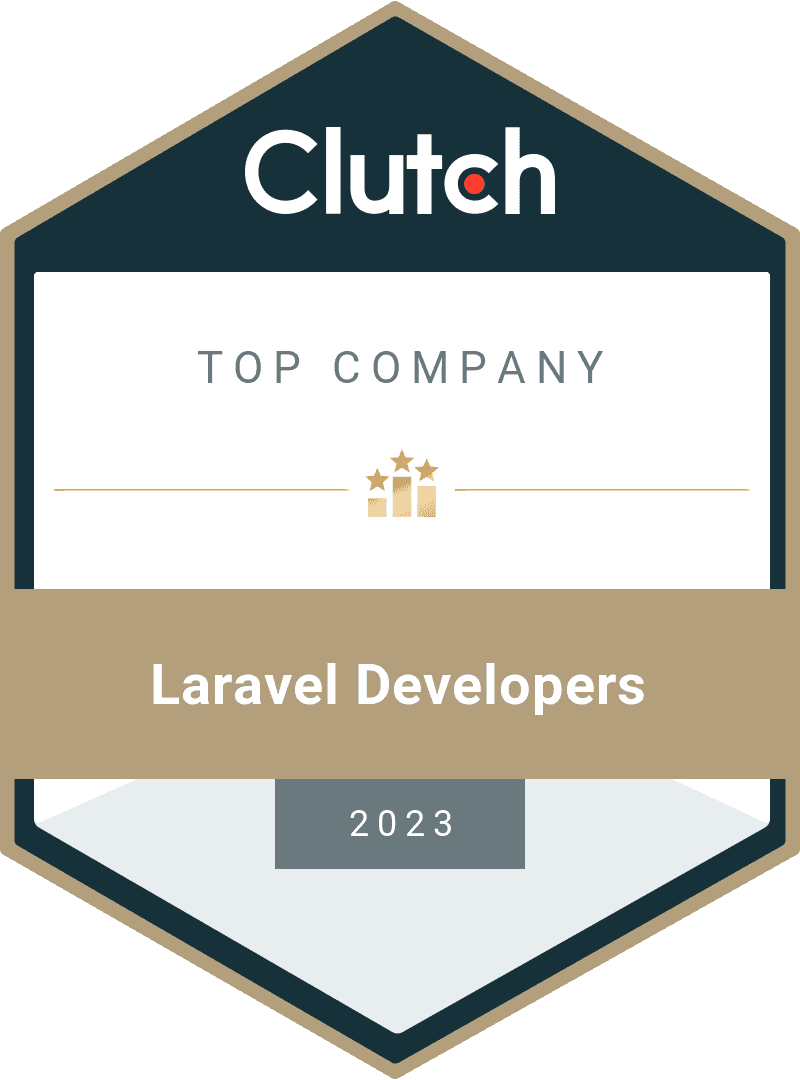It's tough to picture life without smartphones dominating our days, but back in 2007, Apple's iOS sparked a total game-changer. Kicking off as iPhone OS, it started as this straightforward system for the first iPhone and has ballooned into a slick powerhouse that connects all of Apple's gadgets. Every update brings fresh perks that make things smoother, safer, and honestly more enjoyable, thanks to Apple's obsession with blending hardware and software seamlessly. And boy, has this fueled the boom in custom mobile app development, where custom mobile application development companies dive in to craft apps that squeeze every drop out of iOS's capabilities.
From those mind-blowing early touch gestures to today's clever AI tricks, each version hands custom app developers exciting new toys. The App Store? It pretty much birthed the app world we know. Then you've got privacy upgrades and AR magic opening doors for custom mobile app development services. Fast-forward to iOS 18's AI push, and custom mobile app development companies are out there helping businesses weave in these features to edge out the competition. Here, we'll take you through iOS's wild ride, grouped by eras, hitting the key launches, standout bits, and their ripple effects. We'll also chat about how it's sparked custom Android app development services and smarter cross-platform plays for versatile custom app development services. If you're knee-deep in custom mobile application development, this might just light a bulb for future moves.
The Foundational Years (2007-2010): Building the Basics of Mobile Computing
Man, the early iOS days were like setting up the foundation for a house that'd become a skyscraper, starting basic but dreaming big.
iPhone OS 1.0 (June 29, 2007): Dropping with the original iPhone, it wowed everyone with multitouch moves like pinch-to-zoom and swipe-scrolling. Stock apps covered the essentials: Phone, Mail, Safari, Calendar, Photos, Camera, Notes, and iPod for music. Visual Voicemail was clever for skipping around messages, and iTunes syncing kept it all tidy, but no outside apps meant sticking to web hacks, minus copy-paste or MMS.
That stripped-down approach flipped the script on phones, and when dev kits hit, it nudged custom mobile app development toward designs that just clicked intuitively.
iPhone OS 2.0 (July 11, 2008): Teaming up with the iPhone 3G, this one unleashed the App Store with 500+ apps from day one, alongside the iOS SDK for real native building. Toss in push email from Microsoft Exchange and upgraded Maps with transit routes, and things got lively.
The app scene exploded overnight, empowering custom app development companies to whip up custom fixes for e-commerce, health, and finance. It even lit a fire under custom Android app development as folks aimed to match that energy elsewhere.
iPhone OS 3.0 (June 17, 2009): Hitting with the iPhone 3GS, it patched holes like copy-paste, full-device Spotlight searches, MMS texting, and video capture in Camera. The 3.2 tweak even backed the debut iPad.
Productivity jumped, letting custom mobile application development services blend in media and alerts for apps that really grabbed attention.
iOS 4 (June 21, 2010): The rename stuck here, launching alongside the iPhone 4 with multitasking, FaceTime video chats, folders for apps, Personal Hotspot, AirPlay streaming, and AirPrint. Retina Display cranked up the sharpness.
It ditched the oldest iPhones, but those background ops unlocked stuff like constant nav. Custom mobile app development companies optimized for crisp visuals and cross-device flow, mirroring trends in custom Android app development services.
These years basically morphed iOS from a cool toy into a serious platform, getting businesses hooked on custom app development services for tapping mobile's full potential.
Expansion and Integration (2011-2014): Enhancing Connectivity and User Experience
As iOS hit its stride, the focus swung to tying loose ends, cloud syncing, brainier features, and a visual refresh that made it feel fresh and connected.
iOS 5 (October 12, 2011): Unveiled with the iPhone 4S, it brought iCloud for hassle-free wireless backups of pics, contacts, and files; Notification Center for glanceable updates; iMessage for free chats; and Siri to handle voice requests like setting alarms or checking the forecast.
Cutting the cord for setups and syncs was huge. Custom mobile application development companies harnessed iCloud to make apps that hopped between devices effortlessly, think shared work docs.
iOS 6 (September 19, 2012): Paired with the iPhone 5, it debuted Apple's Maps (a bumpy start, sure), Passbook as Wallet's early form for passes, Do Not Disturb to hush notifications, and panorama mode in Camera. Siri leveled up with sports scores and such.
Maps hiccups notwithstanding, it enabled spot-on location apps, steering custom app developers in custom mobile app development toward reliable mapping must-haves.
iOS 7 (September 18, 2013): The iPhone 5S's companion went all-in on a flat, clean vibe with slim fonts, dynamic animations, Control Center shortcuts, AirDrop file swaps, and multitasking tweaks. Touch ID added fingerprint locks, iCloud Keychain managed creds.
A few users felt dizzy from the zooms early on, but it revitalized app looks, sparking custom mobile app development services and pushing custom Android app development companies toward minimalist styles.
iOS 8 (September 17, 2014): For the iPhone 6 crew, it introduced Apple Pay's contactless magic, Health for fitness logs, Family Sharing, and iCloud Drive. Continuity handed off tasks across gadgets, with swappable keyboards and widgets thrown in.
Slower on vintage hardware, but it lured custom app development companies into fintech and wellness realms, ballooning custom mobile application development services for online shopping and more.
This chunk cranked up iOS's interconnected feel, empowering custom mobile app development companies to deliver tools that slotted right into real-life routines, no matter the platform.
Refinement and Security (2015-2018): Prioritizing Performance and Productivity
Here, Apple fine-tuned the engine, boosting speed, locking down security, and dropping AR bombs to turn iOS into a productivity beast.
iOS 9 (September 16, 2015): With the iPhone 6S, it added Low Power Mode to stretch battery life, Night Shift for less blue light glare, and Proactive Siri for handy hints. iPad's Split View and beefed-up Notes with doodles ramped up efficiency, keeping legacy devices alive.
Custom app developers crafted power-savvy apps, echoing shifts in custom Android app development services.
iOS 10 (September 13, 2016): iPhone 7's update opened Siri to outsiders, let you ditch default apps, spiced iMessage with effects, and widget-ized the Lock Screen.
Axing 32-bit support, it sparked more dynamic features in custom mobile application development.
iOS 11 (September 19, 2017): For iPhone 8 and X, it rolled out Files for organization, drag-and-drop, ARKit's reality overlays, and driving-focused Do Not Disturb. Bye-bye 32-bit apps.
ARKit flipped scripts on AR for fun and learning, driving custom mobile app development companies to create virtual try-ons or sims for stores and classes.
iOS 12 (September 17, 2018): iPhone XS era brought Screen Time for habit checks, notification grouping, Siri Shortcuts automation, ARKit 2, and peppier performance on oldies. Memoji let you cartoon yourself.
Privacy and wellness vibes encouraged custom app development services to build thoughtful, automated experiences.
This phase cemented iOS as dependable and sharp, guiding custom mobile app development to apps that were secure yet intuitive.

Modern Customization and Privacy (2019-2023): Empowering Users with Control
Lately, iOS zeroed in on personalization and privacy shields, spot-on for remote work chaos and growing data worries.
iOS 13 (September 19, 2019): iPhone 11's launch featured Dark Mode across the board, Sign In with Apple for safe sign-ups, sharper photo edits, and app location curbs. iPadOS forked off, nixing ancient support.
Dark Mode eased late-night scrolling, compelling custom mobile app development services to design flexible, secure interfaces.
iOS 14 (September 16, 2020): Home Screen widgets arrived, App Library tidied icons, Picture-in-Picture kept videos floating, tracking opt-outs promoted transparency. App Clips for quick dips, with wide compatibility.
It unleashed customization, enabling custom app development companies to design widget-packed hubs.
iOS 15 (September 20, 2021): FaceTime got SharePlay and broader access, Focus modes cut distractions, Live Text scanned words, App Privacy Reports spilled the beans. Full backward support.
Pandemic-inspired, it bolstered team tools in custom mobile application development.
iOS 16 (September 12, 2022): Lock Screen revamps with styles, iMessage undo, Shared Libraries for photos. Game Mode tuned performance, live updates flowed, but older gear got cut.
Synced well with custom Android app development evolutions.
iOS 17 (September 18, 2023): Easier Siri calls, Journal for thoughts, NameDrop sharing, StandBy as a desk display. Mental health aids boosted inclusivity, aiding custom mobile app development for varied crowds.
Devs spun apps around sharing and reflection.
This window put power in users' hands, urging custom mobile app development companies to prioritize kind, custom vibes.
The AI Era (2024): Integrating Intelligence for the Future
iOS 18 flips the script with AI smarts, making your phone feel like it knows you.
iOS 18 (September 16, 2024): Loaded with Apple Intelligence for savvy Siri (context clues, ChatGPT links, local processing), Home Screen flair like icon tints and oversized no-label modes, Control Center overhaul, RCS texting, app hides/locks, Passwords hub, Game Mode, Photos with summaries, Math Notes in Calc. Runs on iPhone XS+, AI rolling out in 18.1+.
Generative spots like Image Playground and Genmoji amp custom mobile app development services for tailored, predictive apps.
Impact on Custom Mobile App Development
iOS's growth has totally reshaped custom mobile app development. App Store made niche apps accessible via custom mobile application development companies. ARKit sparks virtual demos, AI crafts adaptive helpers. Firms collaborate on iOS-Android blends with custom Android app development services for max reach. Privacy keeps it legal, cloud scales it up in custom app development. Hitting iOS 18, these pros turn innovations into wins, embracing inclusive designs for everyone.
Conclusion
From humble iPhone OS 1.0 to powerhouse iOS 18, Apple's journey screams innovation that's reached billions. For custom mobile application development services, it's a playground of AI and privacy gems. Got an iOS 18 idea brewing? Working with a custom app development company might just keep you leading the pack in this fast-paced tech world.
Relevant Articles:








































